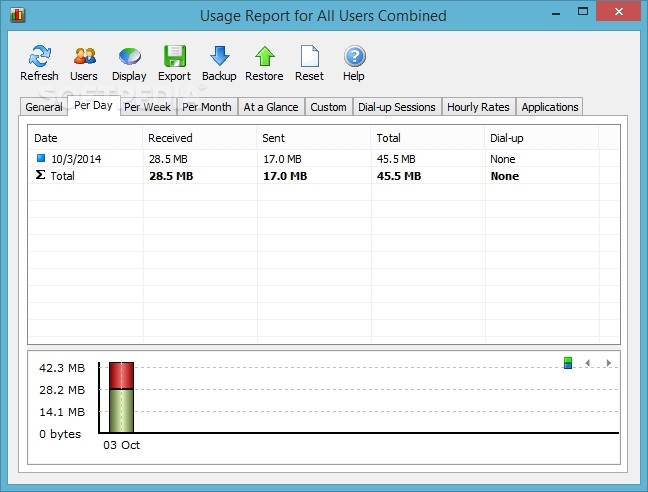


Instead, we recommend the following to achieve a robust and successful migration: Harness the modifications of EIS:Īs the federal government begins to integrate new solutions through the EIS contract, federal agencies can reap the benefits of its usability. However, it is critical that federal agencies avoid common contracting pitfalls in this process, which includes issuing task orders prematurely simply to meet GSA deadlines as well as transitioning to EIS to take advantage of better price points without also prioritizing network transformation. While some federal agencies may have extended contracts, GSA is now freezing future growth under incumbent contracts, which will ultimately require agencies to move forward with migrating to EIS. In fact, only 11 out of 222 task orders have been awarded and a recent GSA report shows that 58 percent of agencies will not fully transition to the new contract by the deadline of September 30, 2022. It will require federal agencies to shift away from the incumbent Networx contracts and local services agreements (LSAs), catapulting a large swath of the government’s IT systems – spanning from switching to routing to software-defined wide area network (SD-WAN) optimization – into the 21 st century.Īnd yet, agencies have been slow to release task orders through EIS. With the arrival of the General Services Administration’s (GSA) Enterprise Infrastructure Solutions (EIS) contract, the federal government is on the precipice of a new era of digital transformation.ĮIS is a fifteen-year telecommunications and network modernization contract valued at $50 billion.


 0 kommentar(er)
0 kommentar(er)
